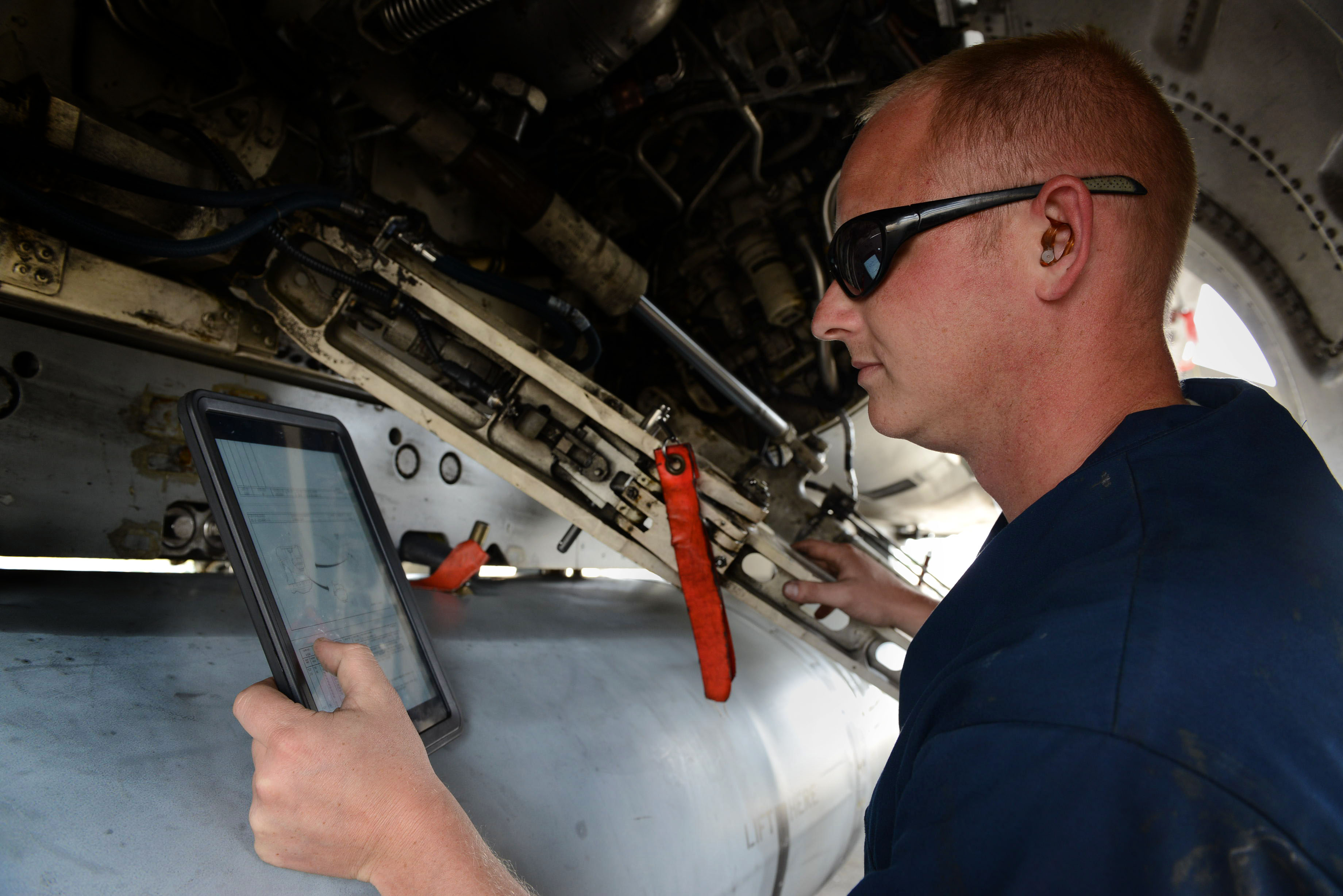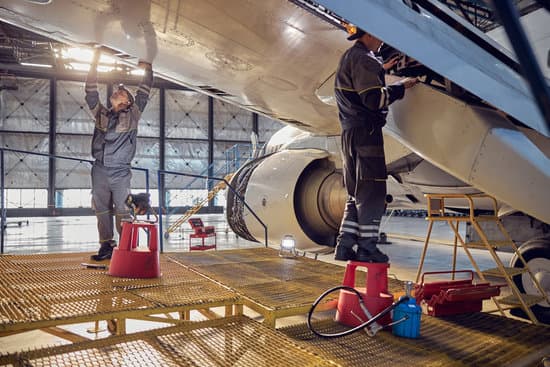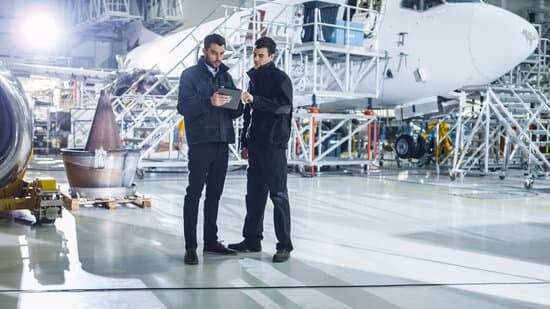Trends in Aviation Maintenance: Digital Solutions Rule the Skies

From the Wright Brothers' historic flight at Kitty Hawk to Charles Lindbergh’s non-stop solo trans-Atlantic flight to Chuck Yeager breaking the sound barrier, the aviation industry has always been about pushing the technological envelope, so it is no surprise that the sector has embraced digital transformation.
“[Aviation] is one of the few industries that perhaps uses the available technology to its optimum. From advanced AI to cloud-based networks, the aviation industry might be our view into the future. A future where the aviation industry is ruling the technology space,” says Ramco Systems which provides enterprise software for aviation M&E MRO, logistics, ERP, and global payroll.
As the aviation industry rebounds from the COVID-19 pandemic, digital solutions are playing a leading role in the recovery.
“Airlines are taking to the skies again and they believe digital transformation is an important ticket to their recovery,” wrote Transform with Google Cloud editor Jo Maitland. “Many are also keenly aware that chasing bright, shiny objects is not innovation. New technology solutions can be a quick fix and provide some relief, but what’s harder and more valuable is tackling a problem at the heart of their business.”
MROs Utilizing Blockchain to Thwart Cyber-Attacks
For all the good that comes with digital transformation, there is a dark side in the form of cybercriminals. For the aviation industry and MROs, tasked with keeping aircraft safe in the skies, cyberattacks can have devastating consequences.
“Cyber-attacks can cause severe damage to the MRO company’s reputation as well as potential risks to the lives of passengers as they travel at heights of up to 37,000 feet,” wrote Ramco’s Prakash Babu Devara.
The digital risks are widespread, according to Devara, including:
- All modern aircraft have become “smart” with handheld digital devices on the flight deck as well as used by on-ground maintenance crews.
- MRO providers use digital tools to address maintenance and operational challenges such as fuel consumption, maintenance scheduling, maintenance speed, and efficiency.
- Electronic Flight Bags (EFP) and other digital tools provide real-time access to the MRO crews and enable them to deal with maintenance-related contingencies.
“The complexities of the modern fly-by-wire aircraft make them potentially hackable due to the diversity of interconnected IT tools, and quite often the outdated on-ground maintenance technologies,” said Devara. “If you are not relying on an advanced software system for your aviation maintenance or helicopter maintenance needs, you are unwittingly leaving gaps for hackers to exploit.”
One aviation trend is that MROs are relying on blockchain – designed to prevent tampering of historical data -- to secure multiple processes.
“A digital ledger of transactions can be kept tracking every instance when a part is installed or removed from an aircraft or a helicopter. The technology also enables the identification of each part’s quality, service data, as well as the identity and credentials of the technician who carried out the maintenance or repair operations,” wrote Devara.
5 Other Aviation Trends to Keep Your Eye On
The airline industry, on track to lose $9.7 billion worldwide this year as travel is still below pre-pandemic levels, is looking to get back on track in 2023. That figure is an “improvement” from the $42 billion loss in 2021 and the staggering $138 billion shortfall in 2020.
“Industry-wide profit should be on the horizon in 2023,” International Air Transport Association Director General Willie Walsh told the gathering of airline chiefs this summer. “We are rebounding. By next year, most markets should see traffic reach or exceed pre-pandemic levels.”
MROs are expected to help lead this turnaround with digital transformation playing a key role. Here are five aviation trends, other than blockchain, to keep your eye on:
- Digital is the Present and Future: Say goodbye to paper almost entirely as technology-savvy maintenance departments have transitioned to digital. Not only is this move efficient but it is saving companies on operating costs and improving workflow.
“Paperless environments have been increasingly gaining traction and are developing quite rapidly. Maintenance departments have now shifted to a paperless or paper-lite environment and are seeing higher data accuracy in flight operations and an increased level of safety,” says Ramco Systems.
- Cloud-Based Services and Software Soar: It makes sense that an industry that makes its living in the skies has embraced cloud-based software and services to integrate multiple systems. Identical data is no longer needed to be fed into different systems, saving time, and avoiding data input errors. Cloud-based services and software are not limited to data entry and maintenance but can bring all the players in an ecosystem – OEMs, operators, suppliers, and logistics providers – onto a single platform seamlessly sharing data.
“It is really important to share data between MROs and operators for better efficiency. Using a cloud-based system, this process happens instantly,” says Ramco Systems.
- Predicting Aviation Trends and Turnaround Times: Aircraft maintenance providers can now utilize software to accurately predict and suggest trends based on analytics from all the new data being sourced.
“It is expected that with software predicting the trends, the industry will be better prepared for future innovations and requirements,” says Ramco Systems.
Among the possible advances:
o Software can advise mechanics on available solutions based on past discrepancies
o AI and machine learning can analyze historical data to provide MROs with a better understanding of stock availability
- Connected Anywhere in the World: Maintenance crews and engineers do not need to be in the same room but can be on the other side of the world from each other and still work remotely together. Advances in live streaming allows for real-time interactions between remote employees.
- Data Analytics Can Improve System Reliability: Proactive maintenance management, based on improving data analytics, can enhance decision-making as companies strive to keep aircraft always prepared for their next takeoff.
“This means the aviation industry would collectively progress towards better maintenance planning, forecasting, and system enhancements," says Ramco Systems.



